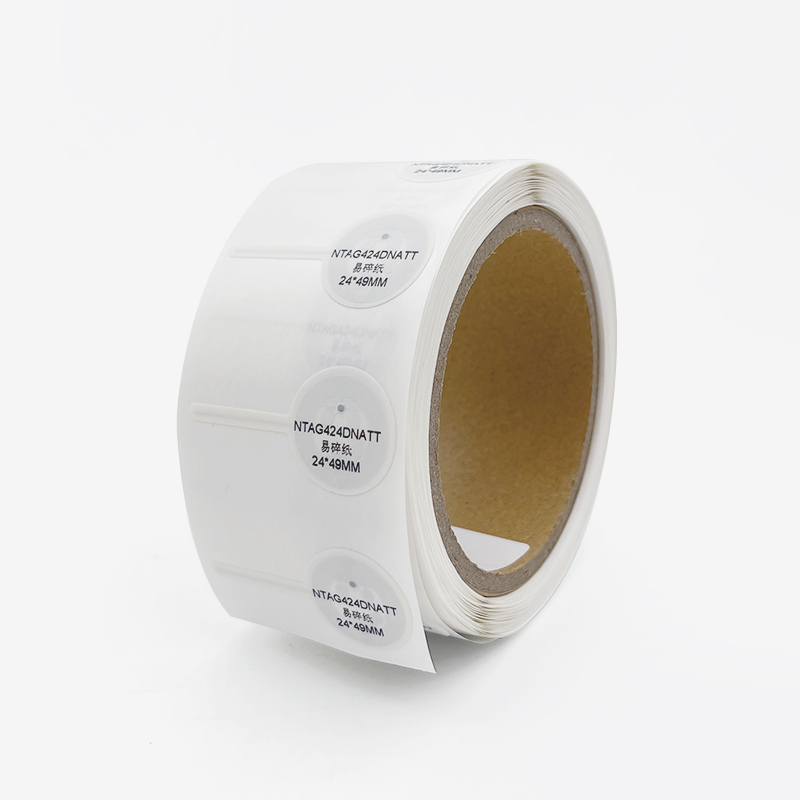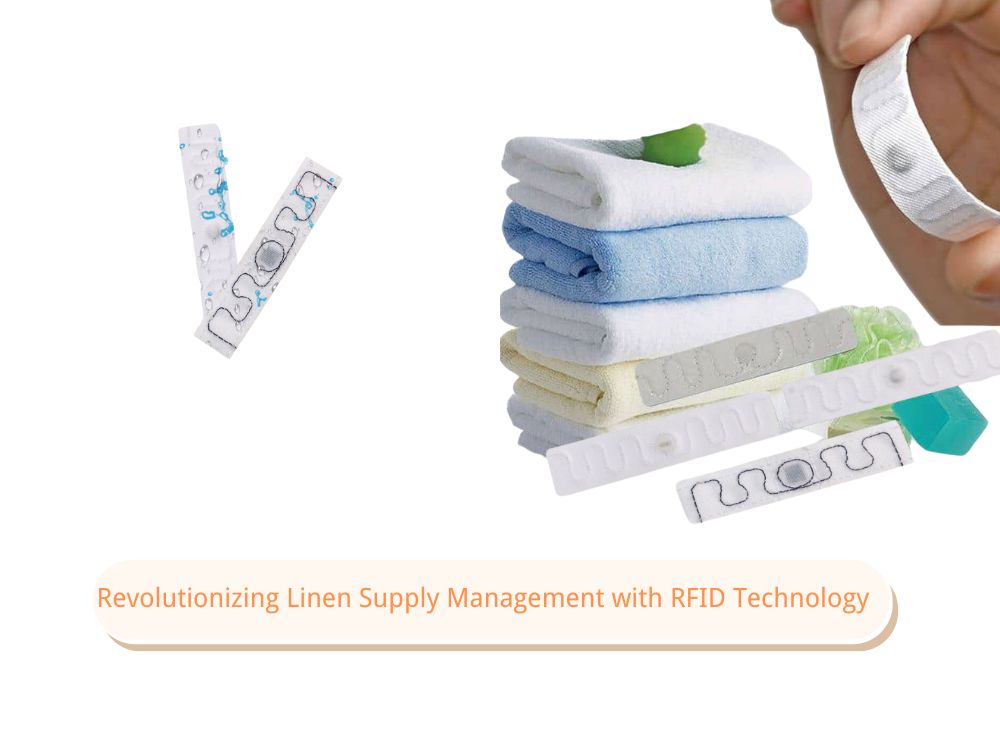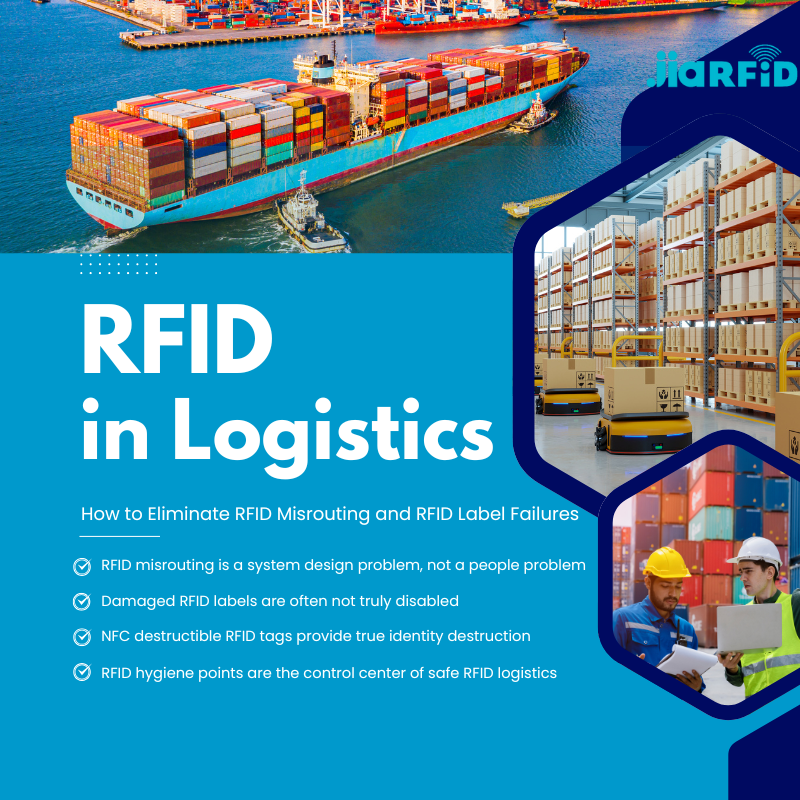
Revolutionizing Linen Supply Management with RFID Technology
Table of Contents
Summary
By leveraging RFID systems, organizations can streamline their linen processes, reduce operational costs, and minimize losses. This article explores the implementation of RFID in linen supply management, detailing its key components, applications, benefits, and best practices for effective deployment.

Overview of RFID Technology in Linen Management
RFID technology utilizes electromagnetic fields to automatically identify and track objects. In linen supply management, RFID systems consist of tags, readers, and backend software, which collectively enable precise tracking and data analysis of linen inventories. The technology addresses common challenges in linen management, such as inventory accuracy, loss prevention, and operational efficiency.
Components of RFID Systems
- RFID Tags: Small electronic devices attached to linen items, containing unique identifiers. Tags can be passive, active, or semi-active, depending on range and functionality requirements.
- RFID Readers: Devices that communicate with RFID tags by emitting radio waves. Readers capture and transmit data from tags to backend systems.
- Backend Systems: Software platforms that process and analyze data received from RFID readers, integrating with inventory management systems to provide actionable insights.
Applications of RFID in Linen Supply Management
RFID technology offers several valuable applications in linen supply management, enhancing operational workflows and addressing key challenges.
Real-Time Inventory Tracking
RFID provides real-time visibility into linen inventory, allowing for accurate tracking of stock levels and item locations. This capability is essential for maintaining optimal inventory levels and preventing shortages or overstocking.
Benefits of Real-Time Tracking
- Accurate Inventory Counts: Automation reduces errors associated with manual checks.
- Enhanced Visibility: Up-to-date information on stock levels and item locations.
- Efficient Replenishment: Alerts for low inventory levels, ensuring timely restocking.
Loss Prevention and Theft Reduction
RFID systems facilitate the monitoring of linen movement and location, significantly reducing the risk of loss and theft. Detailed tracking records help identify discrepancies and mitigate financial losses.
Advantages in Loss Prevention
- Detailed Tracking: Monitors linen throughout its lifecycle.
- Theft Detection: Alerts for unauthorized movements or inventory discrepancies.
- Reduced Loss: Minimizes financial impact due to misplaced or stolen items.
Streamlined Linen Distribution
The use of RFID technology automates the tracking and distribution of linen from laundry facilities to end-users, improving workflow efficiency and ensuring timely delivery.
Benefits of Streamlined Distribution
- Efficient Workflows: Automates linen tracking and routing.
- Improved Accuracy: Reduces errors in distribution and delivery.
- Enhanced Coordination: Facilitates better coordination between facilities and end-users.
Types of RFID Tags for Linen Management
RFID tags vary in type and functionality. The following table summarizes the different RFID tag types and their applications in linen supply management:
Tag Type | Description | Applications |
Passive Tags | Operate without a battery, powered by the reader’s signal. | General linen tracking and basic inventory management. |
Active Tags | Contain an internal battery, offering longer-range communication. | High-value or critical items requiring extended range. |
Semi-Passive Tags | Combine a battery with passive technology, providing extended range and functionality. | Detailed tracking and enhanced monitoring of linen items. |
Best Practices for Implementing RFID in Linen Supply Management
Selecting the Appropriate RFID System
Choosing the right RFID system involves evaluating specific needs and requirements. Considerations include:
- Tag Type and Range: Match tags to required range and functionality for effective tracking.
- Reader Compatibility: Ensure readers are compatible with selected tags and integrate with existing systems.
Cost and ROI Analysis
Conduct a comprehensive cost-benefit analysis to assess the financial implications of RFID implementation. Key factors include:
- Initial Costs: Purchase of RFID tags, readers, and system integration.
- Operational Savings: Potential savings from reduced inventory errors and theft.
- Long-Term Benefits: Improvements in operational efficiency and inventory management.

Training and Support
Proper training and support are crucial for successful RFID adoption. Ensure staff are trained in using RFID systems and provide reliable support for maintenance and troubleshooting.
Conclusion
RFID technology offers substantial benefits for linen supply management, enhancing inventory accuracy, reducing loss, and optimizing operational workflows. By adopting RFID systems, organizations can achieve greater efficiency and accuracy in managing linen supplies. As technology advances, RFID will continue to play a pivotal role in transforming linen supply management and other operational processes.
Comments
Hot Products

RFID in Logistics: How to Eliminate RFID Misrouting and RFID Label Failures
RFID in logistics is more than just a tool to speed up processes. It has become a key part of how modern supply chains operate.

What Is RFID Waste Management
Imagine a city where every trash bin speaks — not literally — but through a tiny chip that tells the system when it’s full, when it’s emptied, and where it went. That’s what RFID waste management is doing today.

What are Bolt Seals and their Applications? | Complete Guide
In global trade and logistics, bolt seals play a crucial role in ensuring cargo security and compliance. These small but powerful devices are designed to lock shipping containers, trailers, and cargo doors with a tamper-evident mechanism.

What is an RFID Card Protector? Benefits, Use Cases, and Buying Guide
RFID technology (Radio Frequency Identification) is everywhere: in your credit cards, ID badges, transit passes, hotel room keys, and more. It offers speed and convenience, but it also opens the door to a new kind of digital theft called “skimming.” That’s where an RFID card protector comes in.

RFID Wristbands for Events: Bulk Buying Guide for Organizers
RFID wristbands for events are becoming the go-to solution for organizers who need faster entry, fraud prevention, and cashless payments at concerts, festivals, and sports venues. Unlike paper tickets or QR codes, these smart wristbands use embedded chips to streamline access, secure transactions, and improve the guest experience.

How RFID Tag on Windscreen Improves Vehicle Access Control and Toll Systems
In today’s fast-paced world, vehicle identification needs to be quick, secure, and contactless. An RFID Tag on the Windscreen provides exactly that — a reliable way to manage toll collection, parking, and gated access without stopping vehicles.
Tags
RELATED BLOGS

RFID in Logistics: How to Eliminate RFID Misrouting and RFID Label Failures
RFID in logistics is more than just a tool to speed up processes. It has become a key part of how modern supply chains operate.

What Is RFID Waste Management
Imagine a city where every trash bin speaks — not literally — but through a tiny chip that tells the system when it’s full, when it’s emptied, and where it went. That’s what RFID waste management is doing today.

What are Bolt Seals and their Applications? | Complete Guide
In global trade and logistics, bolt seals play a crucial role in ensuring cargo security and compliance. These small but powerful devices are designed to lock shipping containers, trailers, and cargo doors with a tamper-evident mechanism.




